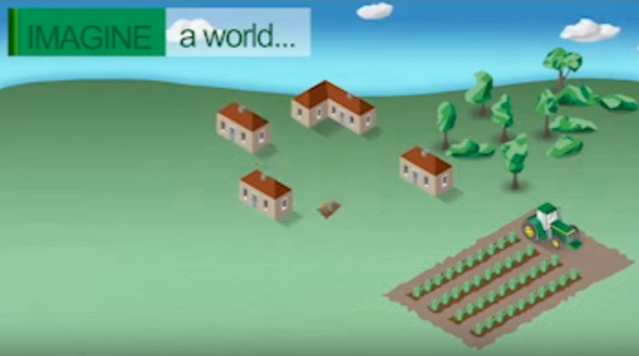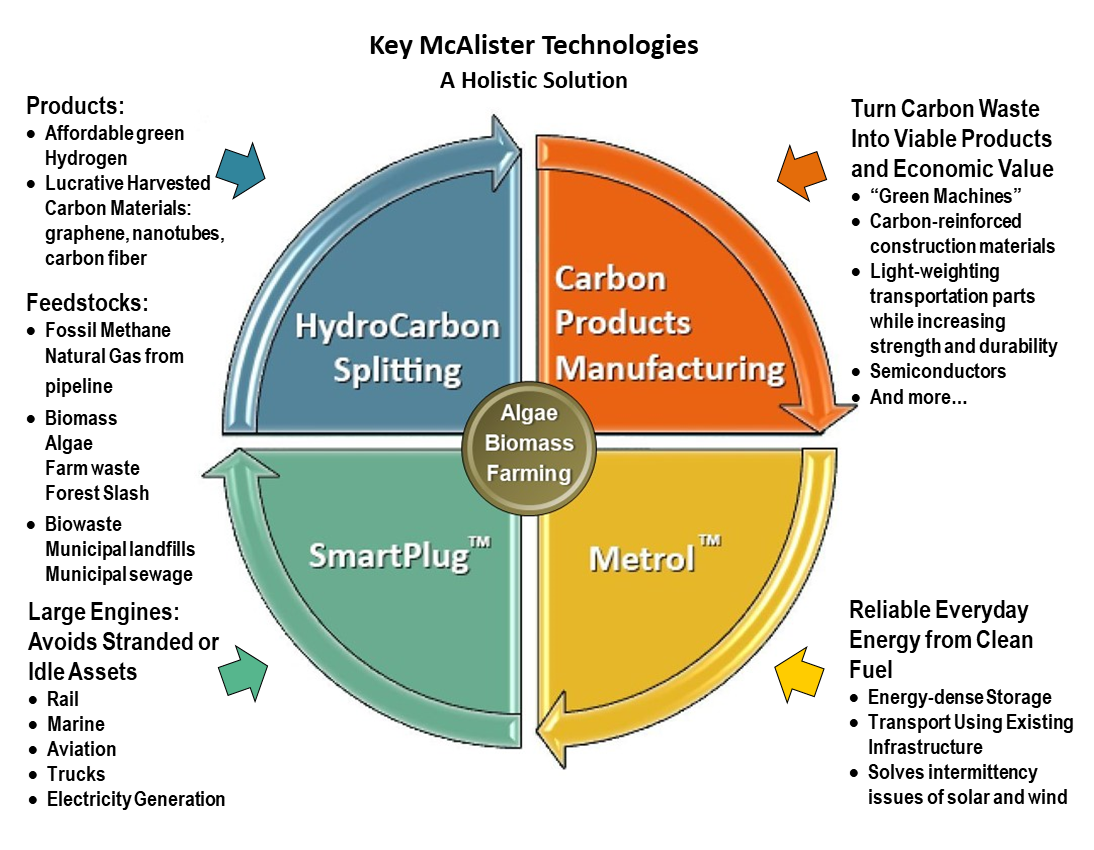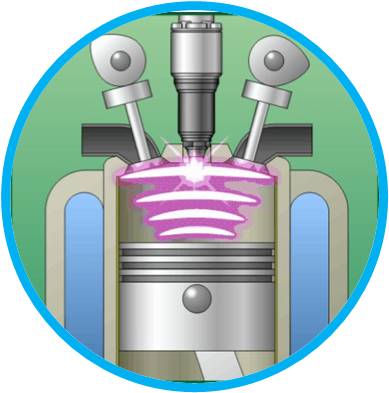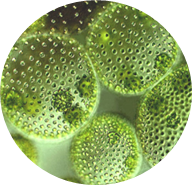Breakthrough Technology

Editor’s Note: In the time since this video was produced, the global number of combustion engines has increased substantially. As of 2023, there are approximately 4.1 billion combustion engines and devices worldwide. This includes transportation engines (car, truck, train, ship, plane), electricity generators, industrial furnaces, boilers, and heaters.

McAlister Renewable Resource Innovations

HydroCarbon Splitter™ Zero-emissions co-production of green hydrogen and durable carbon (microfiber, graphene, and nanotubes which are feedstocks to product manufacturing).

VelPro™ Carbon Products Manufacturing GreenTech, Transportation, Construction, Power Generation, Roofing, Agriculture, Aerospace, Electronics, and more.

Metrol™ Net-Hydrogen liquid fuel: fuel cells and all transportation and electricity generation engines can operate on zero-emission green hydrogen.

SmartPlug™ A hydrogen fuel-injector-igniter for combustion engines used in transportation and electricity generation applications that produce more power, last longer, operate without pollutive emissions, and actually clean the air.

Algae-Biomass Farming + HydroCarbon Splitter™ Mitigation of global warming through atmospheric CO2 drawdown by new agricultural energy farming on both land and ocean using salt water (aquifers and ocean) to harvest hydrogen and carbon from algae-biomass photosynthesis.
Holistic Integrated-Technology Platform
To achieve the global goal of Net-Zero emissions, several interrelated changes need to occur.
- Produce affordable, clean, renewable hydrogen from organic materials such as biomass and biowaste in a zero-emissions process (HydroCarbon Splitter™).
- At the same time, co-harvest solid carbon from the organic materials and use it in manufacturing a wide range of durable goods, from fuel cells to airplane parts to solar panels to semiconductors (HydroCarbon Splitter™, VelPro™ Carbon Products).
- Distribute net-hydrogen fuel at room pressure and temperature to fuel cells and combustion devices through existing fuel pipelines, marine and road tankers, and fueling stations (Metrol™).
- Repurpose the vast global asset base of engines, generators, furnaces, burners, and boilers by retrofitting them to run on clean renewable hydrogen (SmartPlug™ Clean Air Injector-Igniter).
- At the center of the picture is Algae-Biomass Farming. This is the key to removing the atmospheric carbon overload and mass-producing hydrogen and usable carbon. Rapid-growth algae utilize photosynthesis to capture and transform solar energy into biomass rich with hydrogen and carbon, both of which can be harvested using the HydroCarbon Splitter™ processing system.
The Big Idea
Helpful Links

